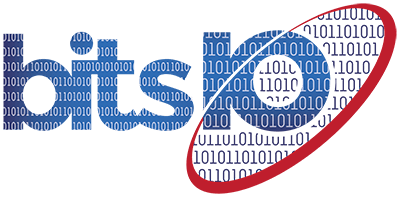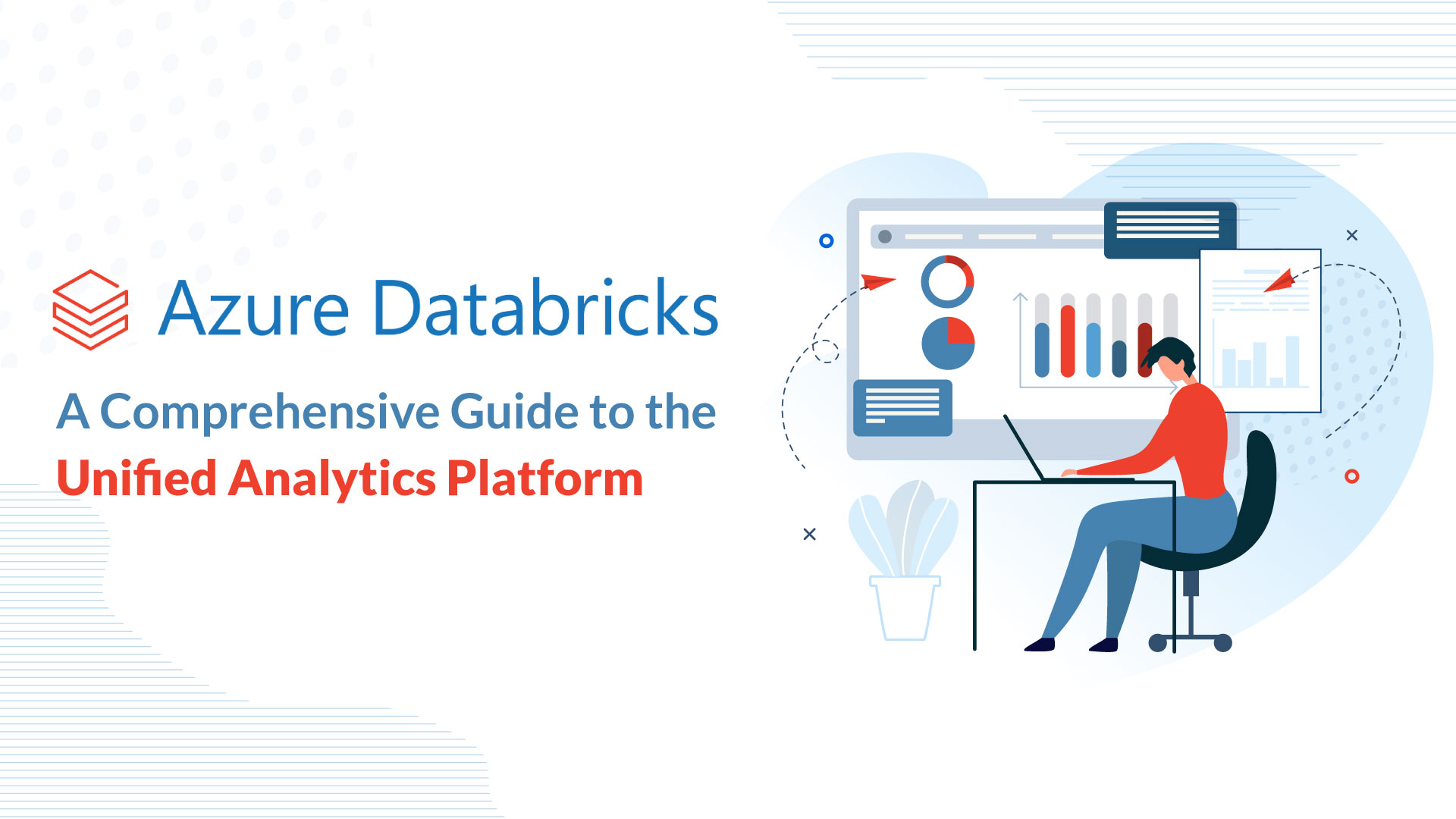
It is relatively easy to track your application’s performance and maintain awareness of its components, interdependencies, and data transmissions during early development stages.
However, as your applications and IT infrastructure scale, it may introduce an unmanageable number of components, microservices, servers, cloud environments, and resources operating under the hood that substantially complicate your ability to remain in control.
For developers to overcome such complexities and rectify issues that may arise as a consequence, they should be able to ask and answer questions such as:
- Why did a request fail?
- How did the failure impact the system?
- What microservices did the request pass through?
- How did each microservice process the request, and were there any performance bottlenecks?
Observability is a DevOps mindset that helps developers navigate to the origin of the failure and rectify it by answering critical business questions that venture deep into the unknowns of software development.
It allows you to collect, store, monitor, and analyze the three pillars of your app’s telemetric data; its metrics, traces, and logs from the application and its internal components. Each of the three pillars represents a distinct perspective of your company’s resources.
Understanding the Observability mindset may be a tremendous opportunity to streamline your software development and better understand your products, systems, components, resources, and activities.
With a rising number of companies leaning into digital technology and software development, this is the opportune moment to help readers understand Observability and what this mindset can mean for your product development.
In this article, we will cover the following:
- What is the difference between Observability and Monitoring?
- Importance of Observability
- Observability Best Practices
- Common Observability Challenges
Let’s get into it!
What is the difference between Monitoring and Observability?
While monitoring solves software performance and security flaws in real-time, an observability strategy that can preemptively resolve problems before they are allowed to occur.
In essence, monitoring is a fixed mindset that cannot provide the heightened awareness or the level of Observability required to optimize your IT infrastructure. It allows your teams to track system performance using pre-define metrics and logs.
The metrics are preset based on the fundamental mindset that you already know how your system works and what components may fail. It identifies and alerts developers of such anticipated system failures to devise efforts to restore their health and performance.
However, monitoring requires you to preemptively instrument software components already suspected of having problems. Programmed alerts notify developers when the monitor detects an issue within the instrumented component.
Although monitoring may allow you to observe the target components to validate an issue, it will not provide information on why. One of its most significant shortcomings is that it fails to monitor real-time user data and doesn’t allow you to explore your business, its products, and its users the way an observability mindset does.
An Observability mindset takes a more proactive approach to examining the system’s overall health and performance through real-time assessments of its telemetric data.
An observability strategy allows the DevOps teams to:
- Understand all facets of an issue
- Trace the root cause
- Acquire insights on how it is explicitly affecting the software
- Rectify the issue
Such a mindset also allows teams to identify and understand how components and microservices interact within themselves and their codependencies. Doing so enables developers to devise better means of instrumentation, debugging, and mitigation, increasing the overall application’s health and performance. It is worth noting that successful monitoring requires some level of Observability.
Observability dives deeper into the system to identify, validate, and fix potential issues from various unexpected and emerging telemetry sources. Instead of contemplating the winner between Observability vs. Monitoring, look at it as two strategies that work codependently to achieve a common goal.
Importance of Observability
We have covered how Observability actively collects telemetric data to enhance your digital products’ quality, safety, and user experience. But how does it do this?
Let us explore what system outcomes you can expect from Observability.
Improving system reliability and resilience
Upon the event of a failure, the correlated telemetry data collected from across all sources of the system architecture helps the teams identify how the failure impacted the system and devise appropriate means to improve its overall resiliency.
An Observability mindset helps uphold performance standards, uptime, fast-tracked recovery, and output accuracy, contributing to a strengthened, reliable, and resilient end product.
Enhancing problem-solving efficiency and speed
An observability mindset lets teams assess data along with a contextual understanding of the entire IT ecosystem. It also allows them to spot possible codependencies. It helps determine whether an application and its aspects have problems and provides actionable insights for mitigation. An Observability mindset paves the way for a more efficient problem-solving process where you can instantly solve your application’s problems before any actual harm transpires.
Aiding in the identification of performance bottlenecks
It is common for your DevOps teams to undergo performance bottlenecks that decrease team productivity, slow down troubleshooting, and increase the product’s time to market. When this happens, Observability enables you to make better sense of complex inputs and identify underlying issues that may have otherwise gone unnoticed.
It also allows developers to dramatically reduce the Mean Time to Identify (MTTI) and Mean Time to Restore (MTTR) of resolving such issues. Subsequently, developers spend less time looking for issues and instead hone their problem-solving capabilities, reducing the likelihood of potential performance bottlenecks.
Observability Best Practices
Here are some of the best practices to follow to get the best out of your Observability strategy.
Gathering data from various sources
By performing network performance monitoring, you can collect and analyze robust data from multiple valuable end-to-end sources throughout the network. This includes flow data, system logging protocol (Syslog) messages, metadata, and user experience data, primarily where proprietary or sensitive data is used.
Monitoring the traffic of cloud service providers provides rich data that can enhance cloud-hosted applications’ security and visibility. As user experience significantly drives product outcomes and success, collect user experience data from all possible sources.
Flow data must include communication channel records from port numbers, IP addresses, network interfaces, and followed protocols.
Data collected from the Syslog messages will provide valuable timestamped information on events, security levels, and the status of network devices.
Metadata will provide high-level information on the application’s performance, usage, and network traffic.
While data gathering is vital, monitoring everything is not always wise. Instead, prioritize gathering data from systems and components essential to repair if they fail. An observability strategy will allow developers to lay out the data clearly and concisely through dashboards and workflows to enhance problem-solving, scalability, and user satisfaction.
Implementing appropriate logging and tracing
Implement the right tracing tools to help you assess individual system calls to find out how your applications connect to different services and how your resources flow through them. Tracing is essential to understand what’s going on with your underlying components and if their processes are generating errors.
Since logs are the first place to examine when a system falters, it is vital to structure logs, including contextual data, trace ids, session IDs, timestamps, and resource usage. It should be structured such that it can be parsable by machines and comprehensible to developers. Centralization of logs is also an excellent practice, as they can be quickly accessed and correlated to a session or user ID to provide actionable troubleshooting insights.
By following these practices, you ensure that you easily spot emerging unexpected behaviors from components, when they happened, and the context behind them.
Adopting modern observability tools and techniques
Modern observability tools and techniques are an excellent means to combat emerging or hard-to-find issues that can create system failures. These innovative observability tools enable you to properly aggregate and visualize all types of telemetric data collected from the application and its components.
Moreover, the right tools help you proactively analyze application behavior to address problems before they become a substantial concern. The right observability platform will provide deep mitigative insights to optimize performance and enhance user experience.
An excellent observability tool ensures that issues don’t stay hidden.
Common Observability Challenges
The following are some of the common challenges DevOps teams face with an Observability mindset.
Dealing with data overload
While data gathering is essential to an observability strategy, dealing with a high volume of such information may overwhelm your developers. The continuous data overload makes it challenging to perform data ingestion, storage, indexing, and analysis.
To make things worse, numerous organizations facing data overload have no choice but to relocate historical log data into separate repositories, create inefficient data silos, or discard it entirely. In such instances, it becomes nearly impossible to log the high volume of data and contextual information, which complicates and slows down troubleshooting. When a requirement for historical data arises, it is a significant time-taking challenge for developers to recover and reindex the siloed data.
Inconsistent data formats
Unfortunately, there isn’t a universally assured format structure or format for logs. For instance, Apache access logs, NGINX custom access logs, FortiGate traffic logs, Java debug logs, CSV logs, Linux Syslog, JSON logs, OpenLDAP access logs, and nested JSON logs differ in their structure and format. Managing and leveraging inconsistent data formats such as this can be a significant challenge to DevOps.
Managing the cost of data collection and storage
The costs of collecting and the long-term storage of telemetric data can be alarmingly high for most businesses. As your application grows and its user base increases, this problem worsens, and the costs skyrocket.
To wrap up,
An observability mindset allows businesses to build faster, more reliable, and more resilient products that exhibit significantly reduced downtime. It also enables you to develop a granular understanding of your business, applications, and its inner workings to enhance the quality of your user experiences. It facilitates a single centralized source of truth for all stakeholders factoring in seasonal traffic, employee leaves, marketing campaigns, and user metrics.
A good Observability strategy can enable your developers to resolve issues they did not know existed, anticipate problems before the user notices them, view all data in one centralized location, and know exactly where to investigate when issues occur.
The control and visibility of an Observability strategy allow you to leverage data to answer all pressing business questions. Adapting an Observability Mindset may be what you need to implement proactive remediation, reduce the likelihood of issues, avert zero-day threats, and ultimately boost your application’s performance.


